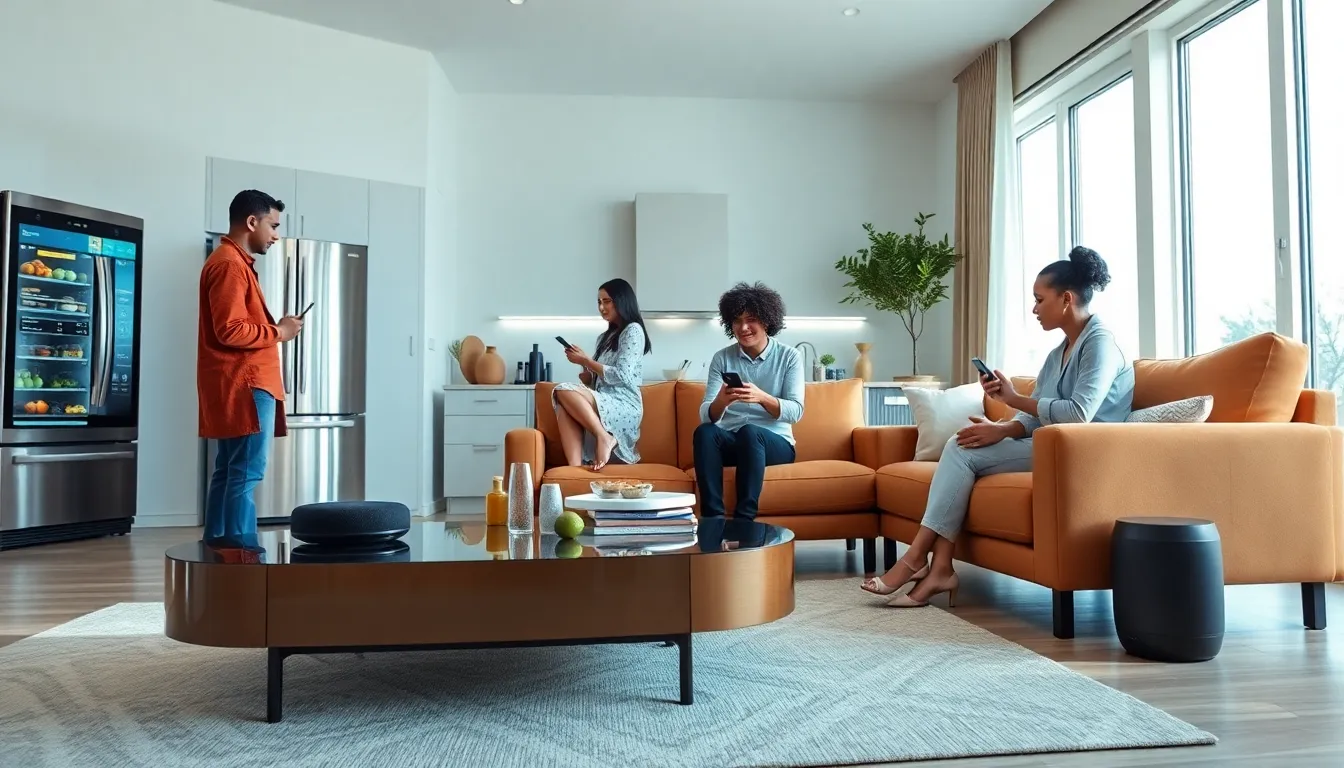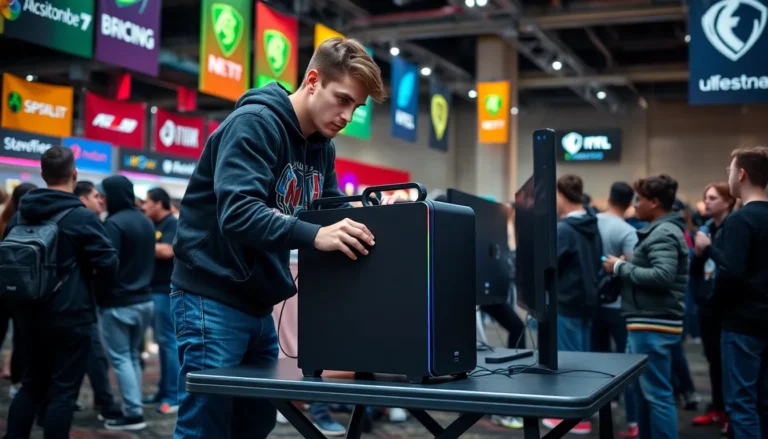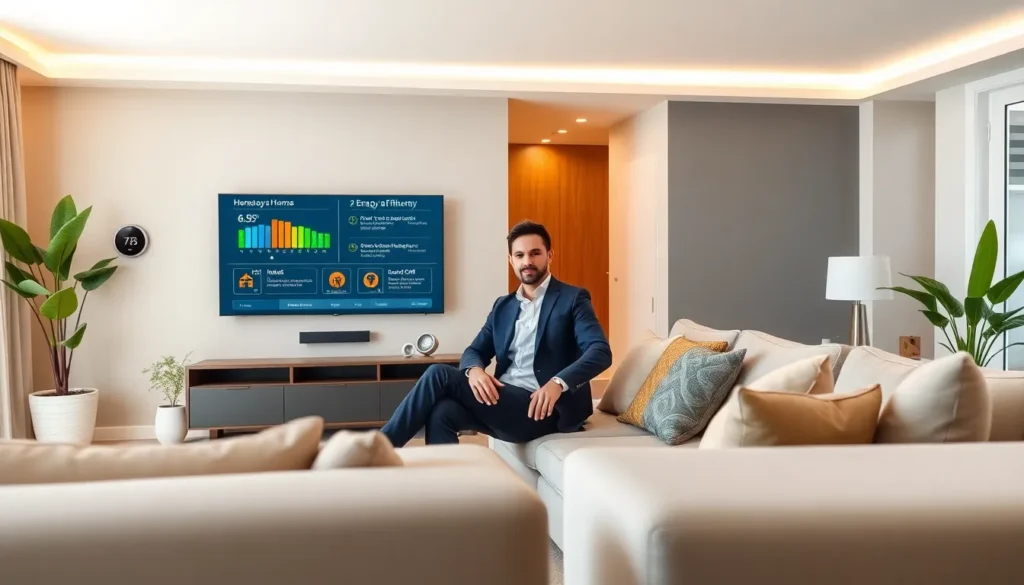Table of Contents
ToggleImagine a world where your home knows your preferences better than you do. From adjusting the thermostat to brewing your morning coffee and even greeting you with a cheerful tune, smart homes are set to make our lives not just easier but also more enjoyable. With technology evolving at lightning speed, the future of smart homes isn’t just about convenience: it’s about creating an integrated lifestyle where everything works seamlessly. Ready to jump into the innovations shaping your home sweet home? Let’s explore.
Emerging Technologies Shaping Smart Homes

Artificial Intelligence and Machine Learning Integration
Artificial Intelligence (AI) and machine learning are no longer science fiction: they have become integral to smart home technology. Imagine your home learning your habits, when you wake up, when you leave for work, and what temperature you prefer at night. AI algorithms can analyze this data to automate systems, making your living space smarter and more responsive than ever before.
Internet of Things (IoT) Expansion
The Internet of Things (IoT) is the backbone of smart homes, connecting devices in ways that enhance functionality and user experience. With the increase in IoT devices, a countertop blender can now send you a notification when your smoothie is ready, while lights can adjust automatically based on the time of day. The interoperability of these devices is key, allowing everything to communicate for a cohesive living experience.
Home Automation and Smart Devices
Enhancing Comfort and Convenience
Home automation is arguably the star of the smart home show. Picture this: you arrive home after a long day, and your smart home automatically adjusts the lighting, plays your favorite playlist, and sets the temperature just right. Devices like smart thermostats, smart locks, and automated lighting enhance comfort and security, making homes not only smarter but also cozier.
Energy Efficiency and Sustainability Solutions
Smart Home Security Innovations
In a time where energy efficiency is crucial, smart homes have stepped up to the plate. Advanced systems monitor energy consumption, identifying areas for improvement. Smart meters, for instance, provide real-time updates, allowing homeowners to make informed decisions about their energy use. Also, solar panels integrated with smart technology can increase energy sustainability, making homes not just smart but also green.
Data Privacy and Security Concerns
The Role of Smart Assistants and Voice Control
With great power comes great responsibility, especially in the realm of smart home technology. The rise of smart assistants has made life easier, but it’s also raised concerns about data privacy and security. Users are increasingly aware of how their data is collected and used. Smart assistants like Alexa or Google Assistant can control home systems through voice commands, but users should be cautious about privacy. Measures like two-factor authentication and encrypted communication can help safeguard personal data.
User Experience and Adaptability
Affordability and Accessibility Trends
One significant trend in the future landscape of smart homes is the push for affordability and accessibility. While smart home devices were once luxury items, innovation has led to more cost-effective solutions. Companies are now focused on creating devices that cater to a broader audience, making smart technology accessible to people of varying income levels. This democratization of technology ensures that everyone can benefit from smart home innovations.
The Future Landscape of Smart Homes
Predictions for Smart Home Market Growth
As we peek into the crystal ball of smart homes, predictions indicate aggressive market growth, driven by constant technological advancements and increased consumer demand. By 2030, experts estimate the smart home market could explode into a multi-billion dollar industry, integrating various technologies into everyday living. This growth won’t just focus on high-end solutions: instead, an array of affordable devices will become the norm, paving the way for a smart future that’s within reach for all.







